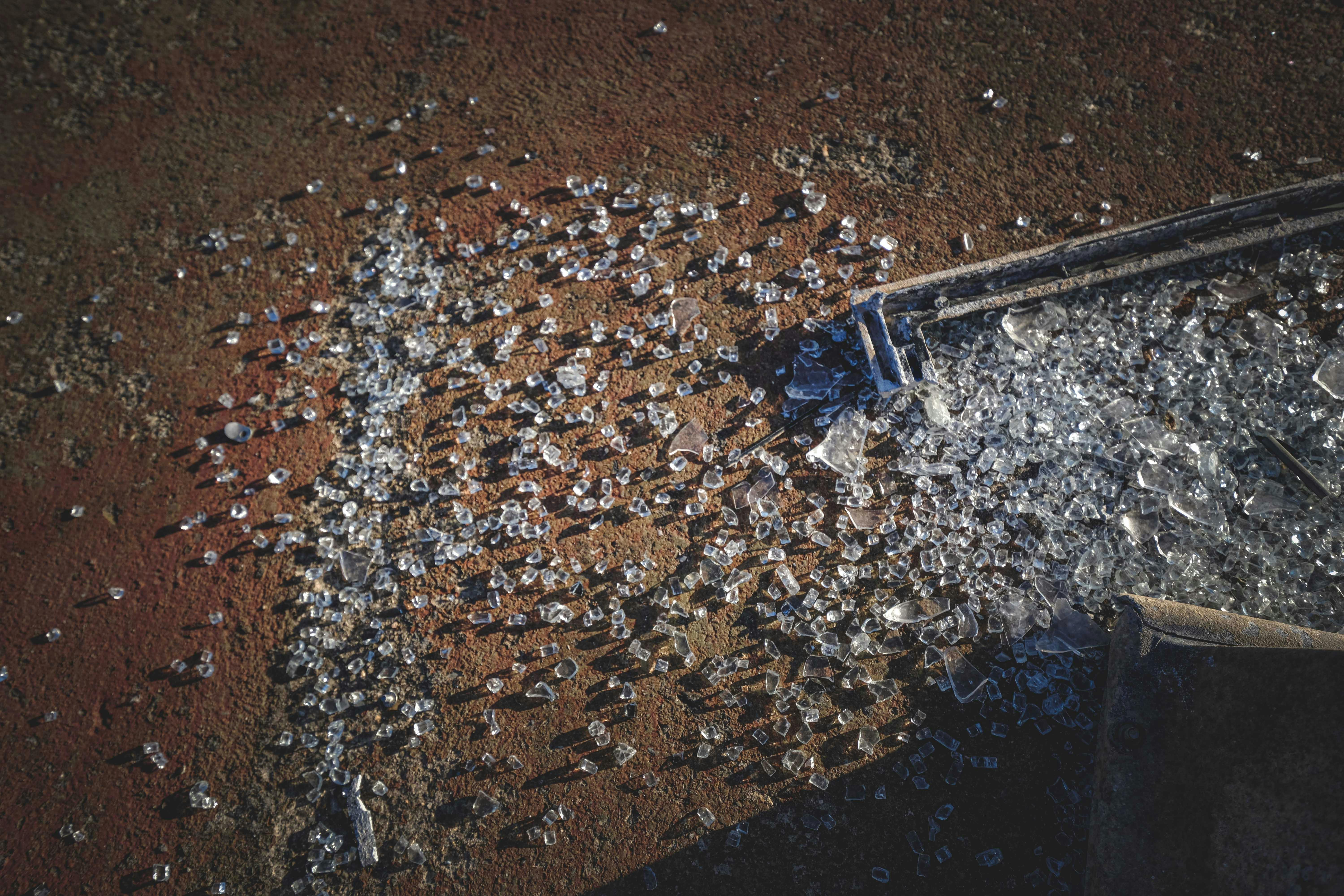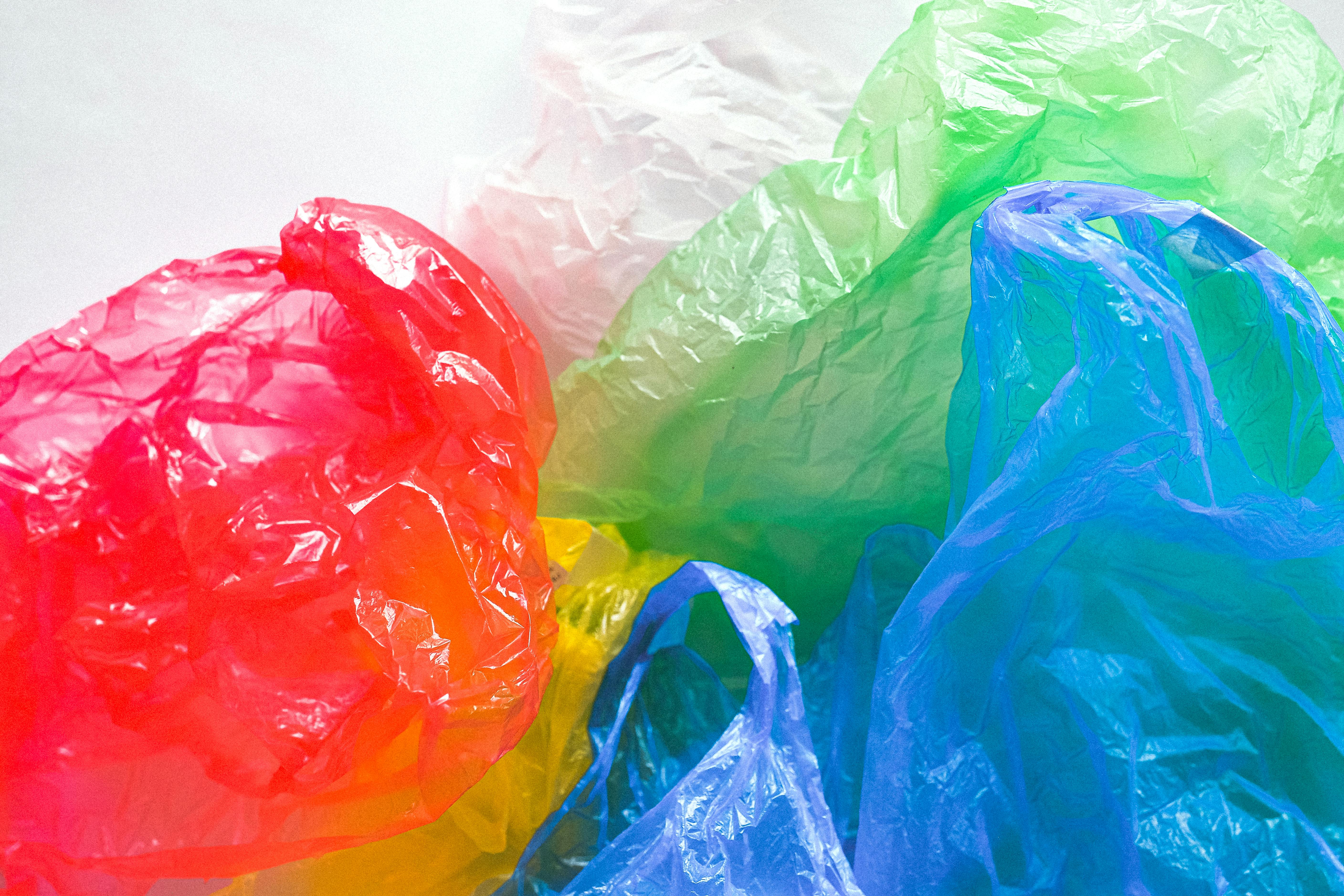9 Insightful Ways to Understand and Address Microplastics in Our World
Microplastics, the tiny plastic particles less than five millimeters in size, have stealthily infiltrated every corner of our planet, from the deepest ocean trenches to the peaks of remote mountains. These minuscule invaders are the byproducts of larger plastic debris breaking down, as well as products intentionally manufactured at this size, such as microbeads used in cosmetics. The pervasive presence of microplastics poses significant environmental and health challenges, demanding a thorough understanding and proactive strategies to mitigate their impact. This article delves into nine insightful ways to comprehend and tackle the microplastic crisis, offering a comprehensive exploration of their origins, effects, and potential solutions.
The Genesis of Microplastics: From Macro to Micro

Microplastics originate from a variety of sources, primarily through the degradation of larger plastic items like bottles, bags, and fishing nets. Exposure to sunlight, wind, and water gradually breaks these items into smaller fragments, a process known as photodegradation. Additionally, microbeads found in personal care products and synthetic fibers shed from clothing during washing contribute significantly to microplastic pollution. Understanding these origins is crucial to addressing the root causes of microplastic contamination. By reducing the use of single-use plastics and advocating for alternative materials, we can begin to curb the influx of these tiny particles into our ecosystems.
The Ubiquity of Microplastics: A Global Contaminant

Microplastics have been detected in virtually every environment on Earth, from the Arctic ice to the depths of the Mariana Trench. They are carried by ocean currents, wind, and even rainfall, demonstrating their pervasive nature. This widespread distribution poses a severe threat to marine life, terrestrial ecosystems, and human health. Microplastics can be ingested by a wide range of organisms, entering the food chain and potentially accumulating in higher concentrations at each trophic level. Recognizing the global reach of microplastics underscores the need for international cooperation and policy-making to address this pressing environmental issue.
